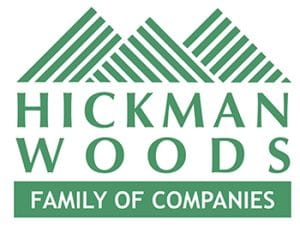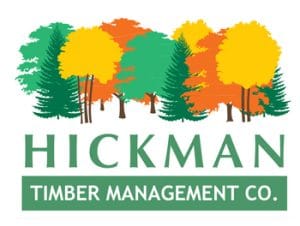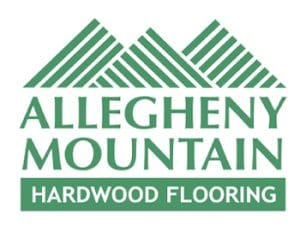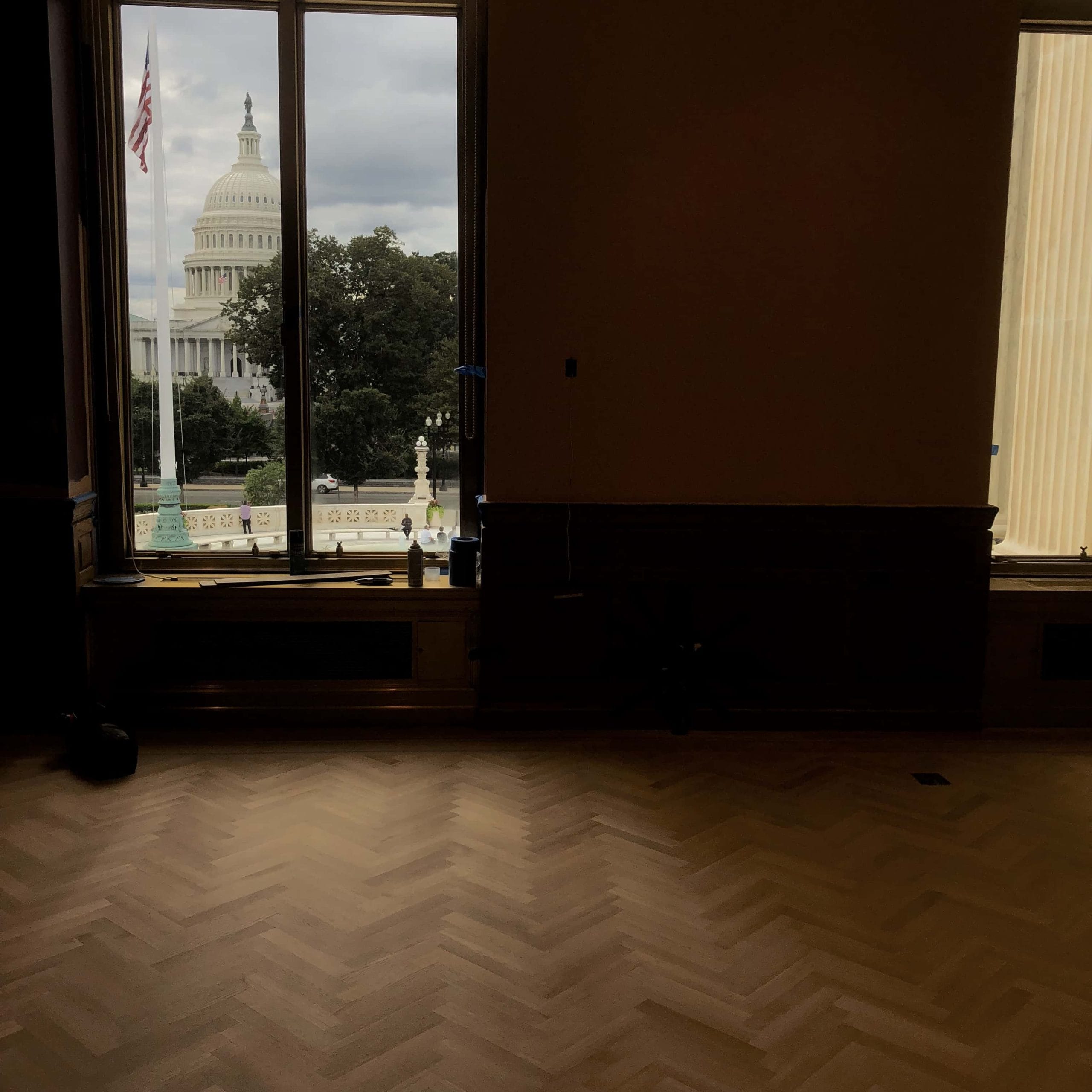Should I go with real wood or LVP flooring for my home?
There is an understandable argument for the rise of plastic floors, also known as LVT (Luxury Vinyl Tile) and LVP (Luxury Vinyl Plank). Technology has gotten good, where these floors look like wood. They are promoted as “waterproof” and a durable, cost-effective alternative to real wood; these floors seem like a great fit for young families. I’ve heard couples say that with messy kids and rambunctious dogs, these plastic floors are suitable for now and they’ll invest in wood later. But as more time passes, the true nature of LVT and LVP is becoming clear: they’re terrible for the environment, disposable, toxic to your health, and they aren’t worth the money. The issues they bring with them are piling up, along with the toxic plastic flooring piling up in landfills for eternity.
One of the most alarming problems we’ve encountered is how these floors trap moisture. While the top surface of LVP may be marketed as waterproof, it’s the underside that holds a hidden danger. LVP and LVT floors are designed with a waterproof barrier on the bottom, but this very design also traps moisture between the subfloor and the flooring itself. That moisture, left unchecked, can lead to mold growth on the subfloor, creating health hazards that no one wants to deal with.
Another issue is how these floors affect your home’s environment. In basements, where cool air ducts can cause moisture to accumulate, LVT and LVP can prevent that moisture from escaping. This leads to condensation problems, and in some cases, mold and mildew growth that can compromise the structure of your home.
And then there’s the off-gassing. Many of these floors are made with synthetic materials that release volatile organic compounds (VOCs) over time. These emissions can be harmful to indoor air quality, especially in homes with young children or people with respiratory issues. Read more about research on this here from NIH.
We’ve even seen these floors fail time and time again. A friend of mine installed LVP floors and had to tear them out within 2 years. The floor couldn’t hold up to daily wear, and it didn’t take long before the edges started to warp and buckle. And then there’s the Emlenton Brew Haus— they installed LVP floors because they were sold on their “waterproof” claims. Fast forward to today (less than 4 years), and the new owners had to rip out the floors entirely. The seams were buckling so badly that screws were holding them down, a far cry from the beautiful, durable floors they had envisioned. Wait until you see what they replaced it with… 2 1/4″ RQ Red Oak Natural… Stunning, affordable, and long-lasting.
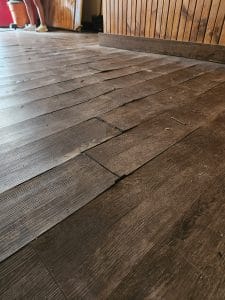
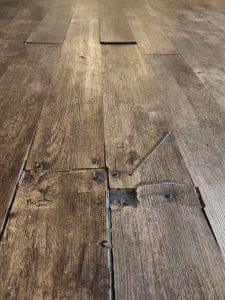
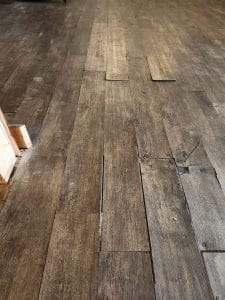
LVP Flooring after 3 years in Emlenton Brew Haus.
The reality is clear: LVT and LVP floors may seem like a quick fix, but they have a plethora of issues for your health, the environment and you home. For a floor that adds true beauty, durability, and long-term value to your home, you can’t beat the timeless appeal of real hardwood. Unlike the plastic alternatives, hardwood can be refinished, repaired, and passed down for generations, making it a true investment in your home.
Let your dogs and kids live on the wood floor, it’s healthy for them! Get a character grade to help hide any of the daily wear on the wood, and when they are grown go ahead and sand and refinish. But give them the health benefits while they are young and crawling on the floor of a real wood. Not a plastic floor.
When it comes to your home’s flooring, it’s worth considering the long-term implications. With real wood, you get a beautiful floor that adds value to your home, keeps your family healthy and quality that lasts for generations—not just a surface that looks good now but could cause trouble later. Check out more health benefits of using real wood here.
Feedback from installers across the nation that deal with this all the time.
“We do a lot of Laminate & LPV tear outs to install real wood. Moisture being trapped underneath is the biggest problem. We’ve seen a lot of molds on the subfloor, specifically with concrete slab. These floor systems don’t allow the plywood or concrete to breath.”
- Oliver Barajas, Garibay Hardwood Floors, NWFA & BONA Certified Craftsman. Northern California.
“I have seen mold in many vinyl removals in one or more areas where moisture tries to escape. Other than that, what most people don’t realize is that you need 1” of subfloor buildup or at the very least ¾” before you put something like vinyl down or it flexes and opens up the joints. When you install it right over ½” like most people do you are asking for problems. By the time you buy the other ½” plywood and pay for vinyl you have built up that structure with hardwood and had a floor that will last generations instead of something that will be in a dumpster in 15 years (tops).”
- Bob Alberding, Alberding Hardwood Floors. Eastern PA.
“We see a lot of failed LVT/LVP floors in our market! In my opinion, this is from lack of education when purchasing these types of floors. The majority of the issues come from lack of education and big box stores selling them as waterproof. While they may resist surface water, it is crucial to address moisture originating from beneath the slab and subfloor to ensure proper performance. Additionally, these floors can exacerbate issues with wood substrates by trapping moisture, leading to rot over time.
The slab prep work and moisture mitigation needed to make LVT/LVP floors perform is the same as a hardwood floor. Unfortunately, customers are not educated on this and struggle with spending money on the part of the job that you can’t see. In my opinion, prep work is the most important part to any job’s overall performance.
For these reasons, I always try to get my customers to move to wood products. If the prep work and moisture mitigation cost are the same, now we are only at a difference of flooring choice. I aim to provide them with a flooring solution that offers long-term value, promotes a healthy living environment as a natural product, performs reliably over the years, and has the potential to be refinished, rather than ending up in a landfill.”
- Michael Caldarera, Ron-Del Floor Service, NWFA & BONA Certified New Orleans, LA.
“What seemed like a routine flooring replacement turned into a full-blow remediation project when a basement vinyl plank floor revealed a hidden issue lurking beneath. The culprit? Moisture migration through concrete—and lack of proper moisture barrier. When the existing LVP flooring was removed, the subfloor underneath told a much different story. Trapped between the impermeable vinyl surface and the porous concrete slab, ambient moisture had nowhere to go. Over time, this created the ideal environment for mildew and mold to thrive, spreading silently beneath the planks. The floor acted like an incubator; I explained to the homeowner. Because there was no vapor barrier, the moisture that naturally comes through concrete got trapped, feeding mold growth in the dark, sealed space between materials.”
- Justin Mattson, Mattson Floor Inc, NWFA & BONA Certified. Western Michigan.
Dig deeper with more peer reviewed research and articles.
https://ceh.org/wp-content/uploads/2022/05/PVC-Report-5-5.pdf
https://pmc.ncbi.nlm.nih.gov/articles/PMC4540696/

